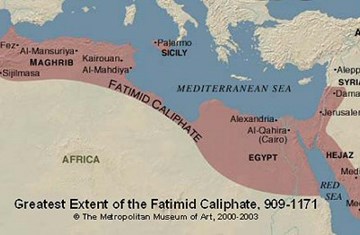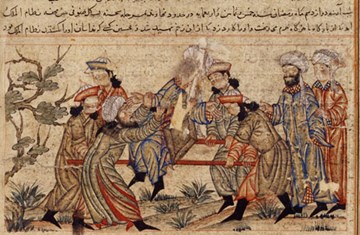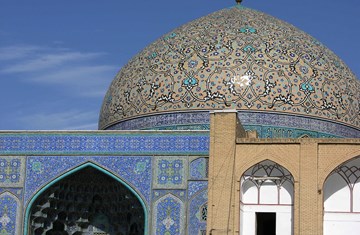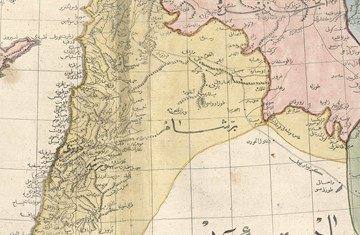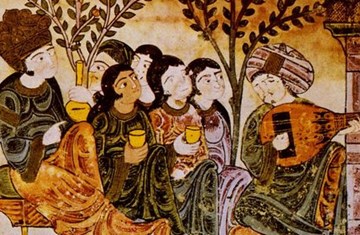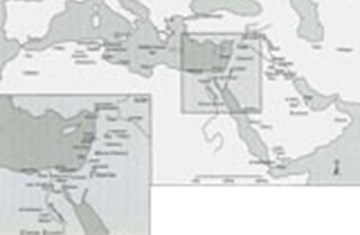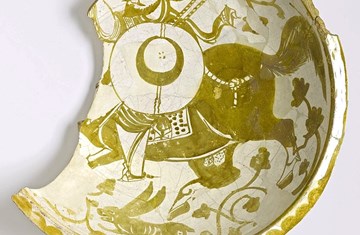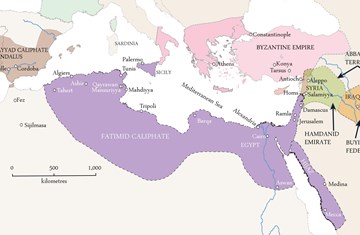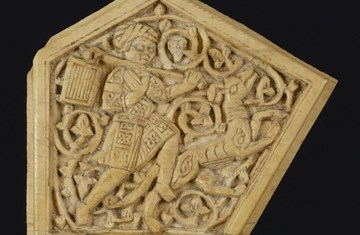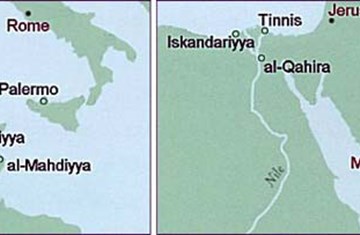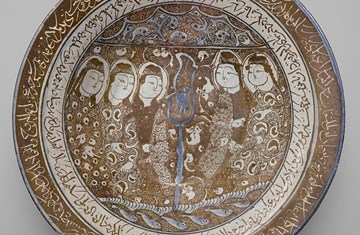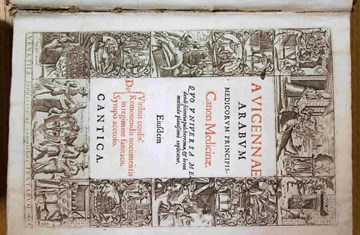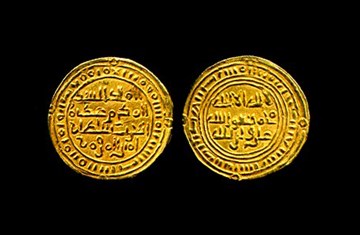The Fatimid Legacy and the Foundation of the Modern Nizari Ismaili Imamate
The Fatimid era is ubiquitous today in the discourse of the Nizari Ismaili imamate. Yet this was not always the case. As with other societies and religious communities the world over, the arrangement and presentation of history in the Ismaili tradition has evolved in the course of time, with new historiographical agendas and subjects of emphasis emerging or receding in response to changes in the political and social contexts.
In this chapter the place of the Fatimids in the cultural memory of the Nizari Ismailis in the post-Mongol era will be explored. It will be argued that the emphasis placed on the Fatimid era in present-day Nizari discourse is a relatively recent development, rooted in the dynamic changes that occurred in the social and political context of the community in the 18th and 19th centuries. Rather than the Fatimids, the primary locus of Nizari communal memory in the earlier period from the 7th/13th AH to the 12th/18th CE centuries was the Alamut era, and particularly the declaration of the qiyama (spiritual resurrection) under Imam Hasan ‘ala dhikrihi’l-salam at Alamut in 559 AH / 1164 CE. I
Author

Daniel Beben
Daniel Beben is Assistant Professor of History at the School of Humanities and Social Sciences at Nazarbayev University, Kazakhstan. He received his PhD from Indiana University Bloomington with a dissertation entitled The Legendary Biographies of Nasir-i Khusraw: Memory and Textualization in Early Modern Persian Ismailism. His research focuses on the history of Ismaili and Sufi communities in pre-modern Iran, Afghanistan and Central Asia. His current projects include a monograph on the history of Ismailism in Central Asia and a co-authored work on genealogical traditions in the Badakhshan region.


